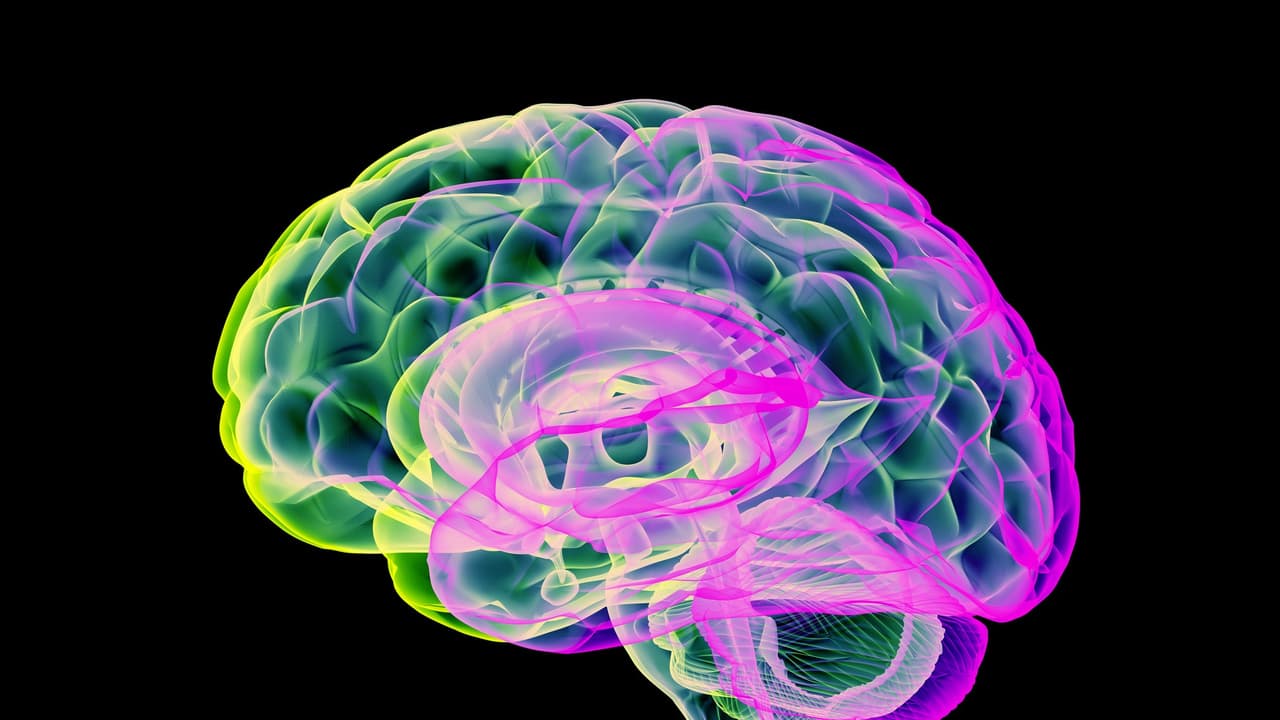Skoltech developed a mathematical model showing memory performs best in seven dimensions—equal to having seven senses. The finding could reshape our understanding of human memory and inspire more advanced, sensory-rich artificial intelligence.
Scientists at Skoltech have developed a new mathematical model of memory that explores how information is encoded and stored. Their analysis suggests that memory works best in a seven-dimensional conceptual space — equivalent to having seven senses. The finding implies that both humans and AI might benefit from broader sensory inputs to optimize learning and recall.
A Mathematical Link Between Memory and Intelligence
Skoltech scientists have uncovered a mathematical link between memory, senses, and intelligence, revealing that seven may be the magic number. Their model could have implications for robot design, artificial intelligence, and the study of human memory.
A Surprising Discovery With Future Possibilities
“Our conclusion is of course highly speculative in application to human senses, although you never know: It could be that humans of the future would evolve a sense of radiation or magnetic field,” said study co-author Professor Nikolay Brilliantov of Skoltech AI. “It appears that when each concept retained in memory is characterized in terms of seven features — as opposed to, say, five or eight — the number of distinct objects held in memory is maximized.”
Understanding Memory Engrams
Following an approach developed in the early 20th century, the team modeled the fundamental building blocks of memory: the memory engrams. An engram is a sparse ensemble of neurons across multiple brain regions that fire together, representing a conceptual object defined by multiple features or sensory inputs.
How the Brain Encodes and Forgets
In human memory, these features correspond to senses — for example, the concept of a banana involves its image, smell, taste, and more, forming a multidimensional mental object. Over time, these engrams evolve, becoming clearer or fading depending on how often they are reactivated by external stimuli. This process models learning and forgetting.
Why Seven Dimensions Matter
“We have mathematically demonstrated that the engrams in the conceptual space tend to evolve toward a steady state,” Brilliantov explained. “After a transient period, a mature distribution of engrams emerges and persists. We found that the number of distinct engrams stored in memory is the greatest when the conceptual space has seven dimensions. Hence, the seven senses claim.”
The Science Behind the ‘Seven’
The researchers concluded that when objects in the world are described by a limited number of features, the total memory capacity — the number of distinct concepts stored — reaches its peak at seven dimensions. This suggests that seven is the optimal number of sensory channels for maximum understanding.
A Robust Finding Across Models
Interestingly, the number seven did not depend on the model’s specific parameters or stimuli types. It emerged as a robust property of memory engrams themselves. Multiple engrams of different sizes near a common center were treated as representing similar concepts to avoid duplication when calculating memory capacity.
Implications for AI and Understanding Consciousness
Memory remains one of the most mysterious aspects of the human mind, closely tied to consciousness. The researchers believe that advancing theoretical models of memory could help unlock new insights into human cognition and pave the way for artificial intelligence systems capable of humanlike learning and recall.
